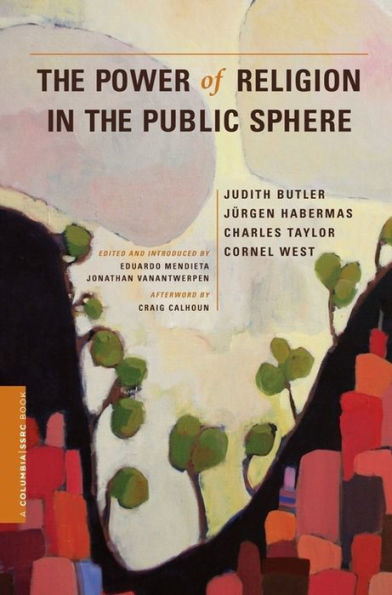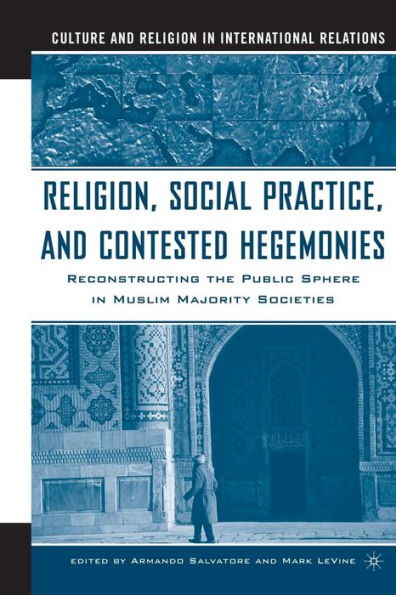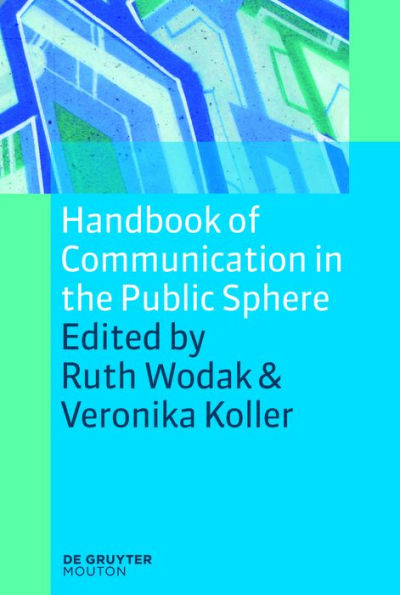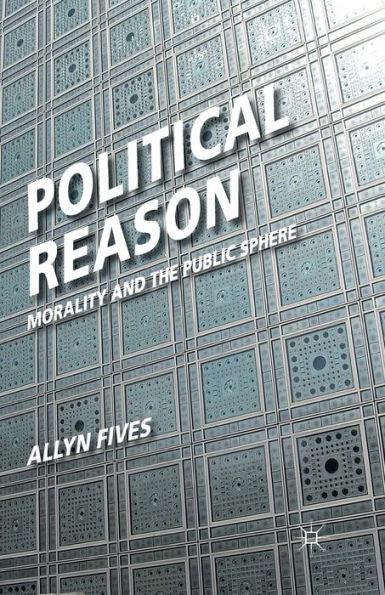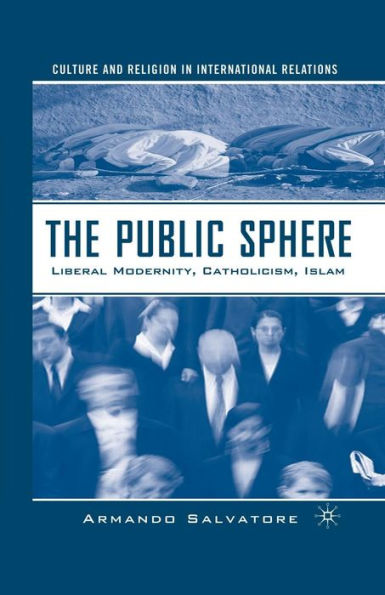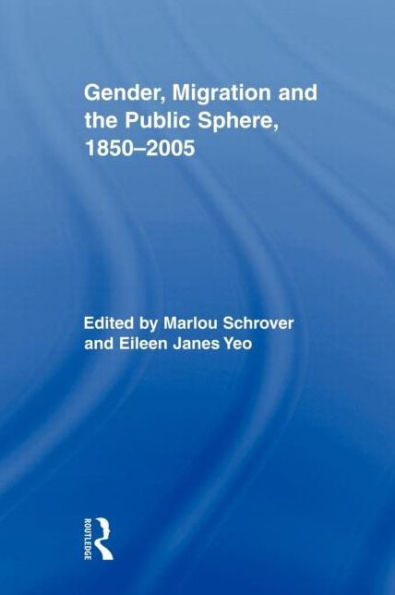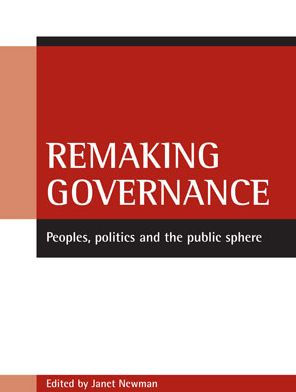Home
the Quotidian Revolution: Vernacularization, Religion, and Premodern Public Sphere India
Barnes and Noble
the Quotidian Revolution: Vernacularization, Religion, and Premodern Public Sphere India
Current price: $75.00
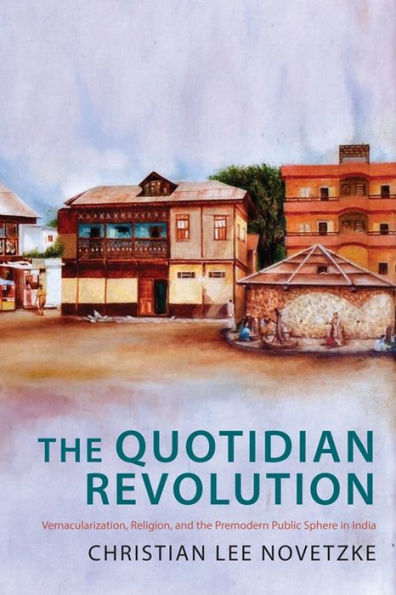

Barnes and Noble
the Quotidian Revolution: Vernacularization, Religion, and Premodern Public Sphere India
Current price: $75.00
Size: Hardcover
Loading Inventory...
*Product information may vary - to confirm product availability, pricing, shipping and return information please contact Barnes and Noble
In thirteenth-century Maharashtra, a new vernacular literature emerged to challenge the hegemony of Sanskrit, a language largely restricted to men of high caste. In a vivid and accessible idiom, this new Marathi literature inaugurated a public debate over the ethics of social difference grounded in the idiom of everyday life. The arguments of vernacular intellectuals pushed the question of social inclusion into ever-wider social realms, spearheading the development of a nascent premodern public sphere that valorized the quotidian world in sociopolitical terms.
The Quotidian Revolution
examines this pivotal moment of vernacularization in Indian literature, religion, and public life by investigating courtly donative Marathi inscriptions alongside the first extant texts of Marathi literature: the
Lilacaritra
(1278) and the
Jñanesvari
(1290). Novetzke revisits the influence of
Chakradhar
(c. 1194), the founder of the Mahanubhav religion, and
Jnandev
(c. 1271), who became a major figure of the Varkari religion, to observe how these avant-garde and worldly elites pursued a radical intervention into the social questions and ethics of the age. Drawing on political anthropology and contemporary theories of social justice, religion, and the public sphere,
explores the specific circumstances of this new discourse oriented around everyday life and its lasting legacy: widening the space of public debate in a way that presages key aspects of Indian modernity and democracy.
The Quotidian Revolution
examines this pivotal moment of vernacularization in Indian literature, religion, and public life by investigating courtly donative Marathi inscriptions alongside the first extant texts of Marathi literature: the
Lilacaritra
(1278) and the
Jñanesvari
(1290). Novetzke revisits the influence of
Chakradhar
(c. 1194), the founder of the Mahanubhav religion, and
Jnandev
(c. 1271), who became a major figure of the Varkari religion, to observe how these avant-garde and worldly elites pursued a radical intervention into the social questions and ethics of the age. Drawing on political anthropology and contemporary theories of social justice, religion, and the public sphere,
explores the specific circumstances of this new discourse oriented around everyday life and its lasting legacy: widening the space of public debate in a way that presages key aspects of Indian modernity and democracy.

